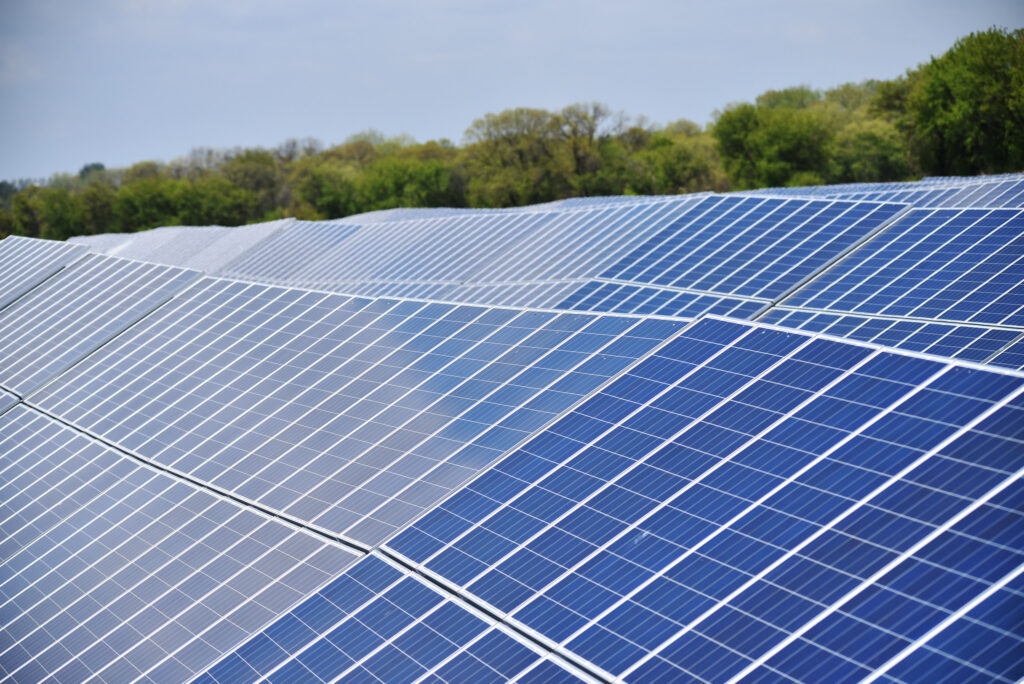
The price of electricity from solar panels has been dropping dramatically over the last decade. The average cost of utility-scale solar power has gone down more than 80% since 1980, making it the least expensive power source in many places. The plunging price of solar power is one of the driving forces behind the transition to clean energy.
The 2020 average cost of solar power was 4.6 cents per kilowatt-hour. The Department of Energy has recently set a target of reducing the cost of solar power by more than half again by 2030, to an unsubsidized average of 2 cents per kilowatt-hour. The 2-cent goal is not just the ordinary cost of electricity; it is the levelized cost of energy which is based on a formula that includes the cost of construction and operation of a power plant.
If the least expensive power source becomes that much cheaper, it will really shake the foundation of many energy debates. One of these debates is how to meet the need for more interstate power lines to transport renewable energy from rural areas to population centers. If large amounts of additional renewable energy sources are added, policymakers will need to work harder to reform the regulatory system to make sure that new interstate power lines get built.
If the average cost of solar power reaches 2 cents a kilowatt-hour, the actual price will be lower in sunnier regions and higher in those that get less sun. However, the continuing decrease in solar electricity costs will actually have the greatest impact in the northern, less sunny regions, because solar power may not currently be the least expensive option there but it will become the cheapest alternative over time.
**********
Web Links
Inside Clean Energy: What Happens When Solar Power Gets Much, Much Cheaper?
Photo, posted May 14, 2020, courtesy of Courtney Celley/USFWS via Flickr.
Earth Wise is a production of WAMC Northeast Public Radio.
Leave a Reply